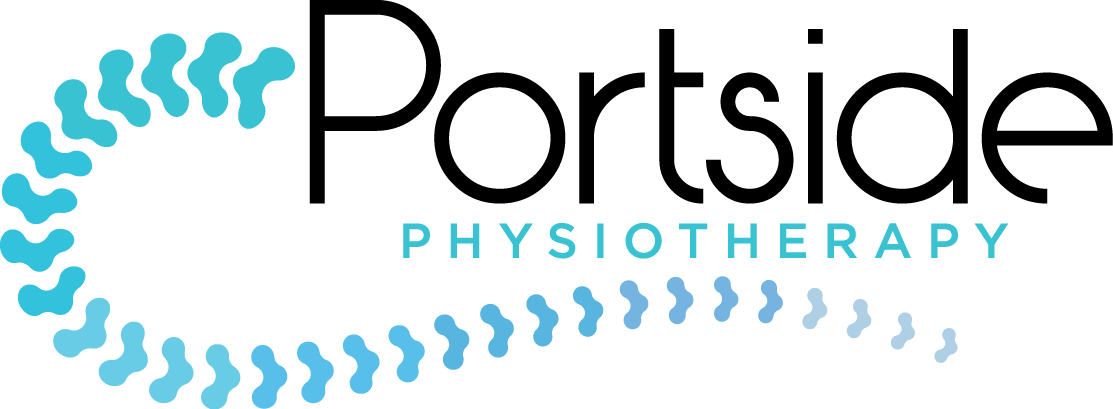Recognising Sensations in your Body

Our body is constantly giving us information about the things that are happening within it. Often our brain as interprets that information as pain. Musculoskeletal pain can be sharp, aching, dull, stabbing, pinching, unrelenting… so how do you know when to seek professional help and when is it something that may just need time to settle?
Below are some of the common types of pain that come into the clinic and bit of info about each of them.
Delayed onset muscle soreness (DOMS)
- Caused by doing an activity that your body is unaccustomed to e.g. doing a hike on the weekend, pruning all the trees and bushes in one weekend, moving house, starting a new exercise program
- This pain usually comes on 24-48 hours after the activity and often feels stiff and painful in the muscles in the morning. With movement and warmth the sensation usually decreases.
- The pain can linger for 2-4 days
- Only need to consult a health professional if the symptoms haven’t resolved within 4 days
Acute muscle or joint injury
- Caused by doing an activity unsafely e.g. rolling your ankle, falling
- Pain is usually immediate and localised to the injured area and the pain usually remains consistent throughout the day regardless of activity
- Depending on the severity of the injury, pain can linger from minutes to days to weeks
- When injury occurs first aid should be applied and then seek advise from your health professional for rehabilitation and injury prevention in the future.
Tight muscular pain
- Holding a sustained or awkward position for an extended period of time e.g. standing whilst cooking for an afternoon, washing dishes, sitting at the computer, painting the ceiling
- Pain often comes on whilst in the sustained position but can last for a period of time afterwards. Usually no pain in the mornings and usually ok in all other movements
- Pain usually lingers until you have moved out of the sustained position and massaged out the tight muscle
- Only need to seek health professional advise if this pain becomes an ongoing issue. May require some stretches and massage techniques to prevent happening in the future
Repetitive strain injury
- Caused by performing repetitive movements with poor technique or inadequate strength e.g. walking/jogging in poorly fitted shoes, using a screw driver
- Pain usually starts after doing an aggravating activity and mornings are usually stiff and painful in the area of injury
- Pain often worsens whilst doing the aggravating activity and remains afterwards.
- Referral to health professional is required to help off load the injured area and rebuild the strength required to stop it happening again.
